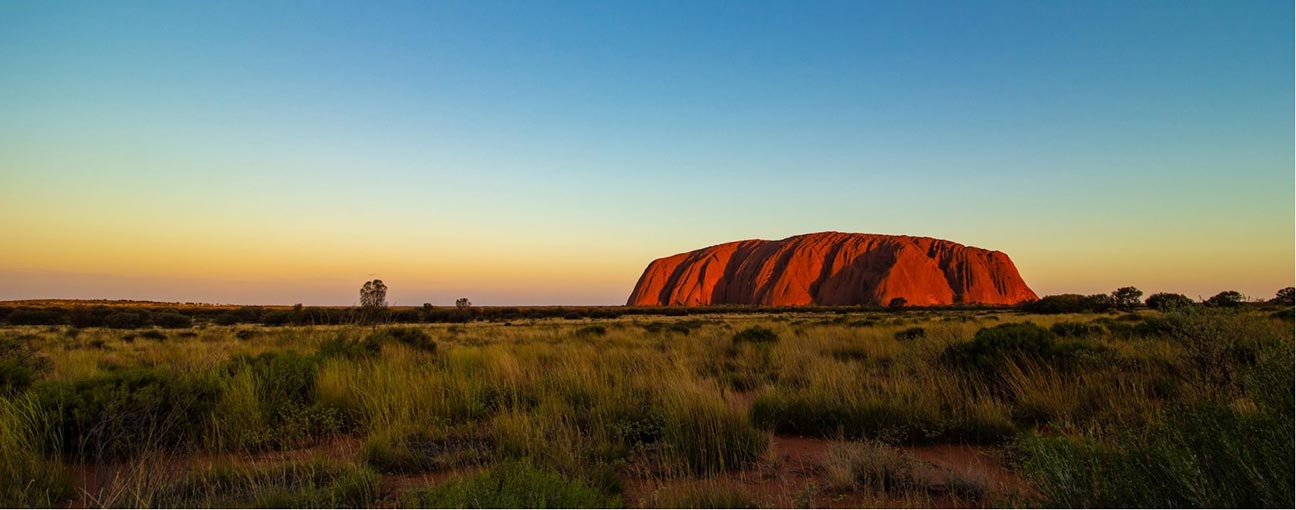Introduction
Australia is known for its unique and diverse climate and environment. From the stunning Great Barrier Reef to the vast Outback, the country’s geography is truly one of a kind. However, with climate change becoming an increasingly pressing issue, Australia is faced with the challenge of preserving its natural resources and working towards a sustainable future. In this article, we will explore the climate and environment in Australia, the impact of climate change, and what measures are being taken to address this important issue.
Australia’s Climate and Environment
Australia is home to a wide variety of landscapes, from tropical rainforests and lush coastal regions to dry deserts and rugged mountains. The country experiences a range of weather patterns, with the northern regions experiencing a wet season from November to April and the southern regions having a more temperate climate. Australia is also prone to natural disasters, such as bushfires, floods, and cyclones.
The Great Barrier Reef is one of Australia’s most iconic natural wonders. It is the world’s largest coral reef system and home to thousands of marine species. However, the reef is under threat due to rising sea temperatures, coral bleaching, and ocean acidification caused by climate change.
Australia’s forests are also an important part of its environment. The country has some of the most extensive forests in the world, including the Tasmanian Wilderness, which is a UNESCO World Heritage site. These forests provide habitat for wildlife, store carbon, and help regulate the Earth’s climate.
The Impact of Climate Change
Climate change is having a significant impact on Australia’s environment and wildlife. Rising temperatures are causing more frequent and severe heat waves, leading to bushfires and droughts. This, in turn, is causing damage to ecosystems and threatening native species.
One of the most pressing issues facing Australia is the loss of its biodiversity. Many native species are at risk of extinction due to habitat destruction, invasive species, and climate change. For example, the koala population has declined by 30% in the last three decades, with habitat loss and bushfires being major contributing factors.
Australia’s Response to Climate Change
Australia has taken steps to address the impact of climate change and work towards a more sustainable future. The country has committed to reducing its greenhouse gas emissions by 26-28% by 2030, compared to 2005 levels. The government has also invested in renewable energy sources, such as solar and wind power.
In addition, many communities and individuals are taking action to reduce their carbon footprint and promote sustainability. For example, the city of Sydney has a goal of achieving net-zero emissions by 2050 and has implemented initiatives such as bike-sharing programs and electric vehicle charging stations.
Conclusion
Australia’s climate and environment are a vital part of the country’s identity and are treasured by both locals and visitors alike. However, the impact of climate change is putting these natural resources at risk. It is important that we take action to protect the environment and work towards a sustainable future. Whether it’s reducing our carbon footprint, supporting renewable energy sources, or advocating for government action, there are many ways we can make a difference.
You may also like



Popular reading
Book a consultation
Book your Migration Consultation today and take the first step towards your dream life in Australia. Our experts are waiting to guide you every step of the way.
Book a Visa ConsultationWelcome! Sign in to access your account and stay connected with all the latest updates and features.
New customer? Start here


